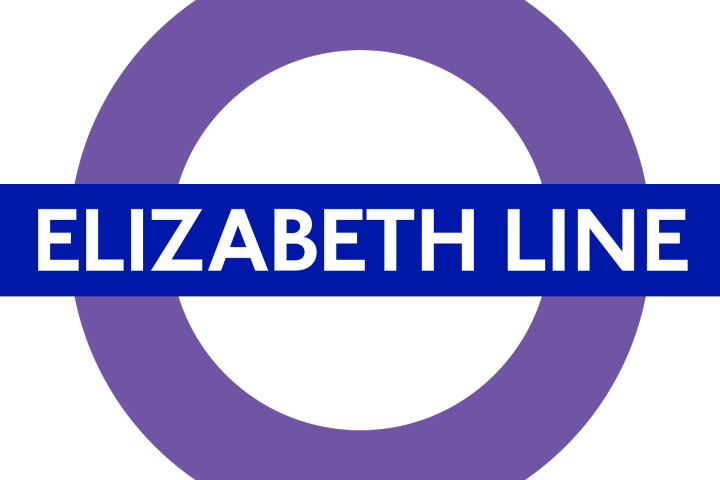The London Borough of Havering is the most easterly London borough just before Essex and out past Ilford and Barking. It is favoured by those who have grown up in east London, but the demographic is now changing and there’s fresh interest from people living in more central parts of London who are looking for an easy commute and affordable property prices.
As with many parts of east London, there’s lots happening that is changing the face of the borough of Havering - which is why we think it will be the most popular London borough in 2018. Below, we've listed some of the main changes you can expect to see over the next few months.
There will be three Crossrail stations
The much-anticipated introduction of Crossrail in 2019 is the main reason why we predict Havering will grow in popularity this year.
Romford Station is undergoing a complete transformation and will be one of the main stops on the eastern section of the line from London Liverpool Street to Shenfield in Essex. Also within the borough will be stops in the more residential areas of Gidea Park and Harold Wood, which will offer a journey time to Canary Wharf in only 32 minutes. If you want to live close, see properties for sale in Gidea Park.

Providing direct and frequent services to many of London’s most important stations, Crossrail is going to have a major impact on London’s housing market – even more so than it has already. In anticipation of Crossrail’s opening, homebuyers have already extended their search to areas in the London Borough of Havering and we predict that this number will rise rapidly after the opening of the line.
What are the main town centres like?
RomfordRomford is the main town in the London Borough of Havering, where you will find the most shops, businesses and night life. In fact, it has the highest concentration of bars and clubs in London after the West End.
This is mainly because it draws in crowds living in east London who don’t want to go into central London for a night out and those living in Essex who are looking for something a bit livelier than what other parts of Essex have to offer.
UpminsterLuckily for Upminster’s residents, there’s an underground station with services on the District line offering good connectivity to the rest of London, as well as Essex Thameside services to Fenchurch Street.
It’s also right on the edge of the Greater London boundary, which means you’re not far from the countryside and lots of outdoor activity centres.
Upminster is also within easy reach of Lakeside Shopping Centre and the surrounding retail parks, which make up one of the largest retail areas in Europe!
HornchurchConsidered the cultural hub of Havering, Hornchurch is a commuter hub favoured by professionals working in central London because of its close proximity to a number of underground stations.
Theatres, an art centre and the beautiful Grade II-listed Langtons House and gardens contrast with the more urban, retail feel of Romford.
It’s got suburban appeal!
Half of the London Borough of Havering is designated inside the Metropolitan Green Belt, which means it’s less built up and densely populated than other London boroughs. Over half of the borough is parkland made up of over 100 separate green spaces.
However, in recent years there has been a focus on regeneration following a realisation that there are large parts of unused and underutilised land in this part of London that could be put to good use. This has improved the housing stock, facilities and job opportunities for local people.
Regeneration schemes
London Riverside is one such scheme that sought to utilise brownfield sites along the Thames, transforming old industrial land into residential and recreational spaces. The scheme has had a positive impact in the areas within the London Borough of Havering, such as Rainham and Wennington, which will be the site of the London Riverside Conservation Park.
Schemes such as London Riverside are good news for the London Borough of Havering, as it shows appetite to improve the area for future generations.












